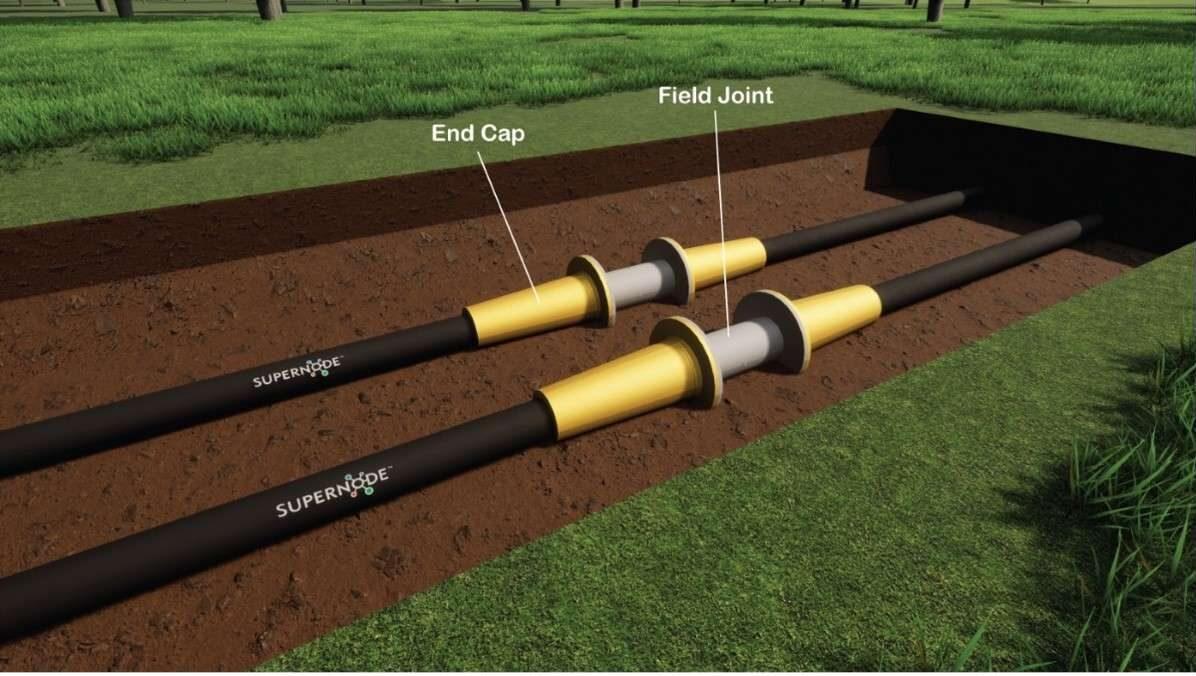A collaboration to revolutionise energy transmission
Future electric grids will have to be able to transfer high electric power over hundreds of kilometres while integrating renewable energy sources, often off-shore. Superconductivity emerges as a pivotal technology in realising this vision – offering the advantages of zero electrical resistance, no electric losses and high-power density. However, superconducting installations require cryogenic temperatures and super-high vacuum to operate, presenting unique challenges, particularly in subsea environments.

Underground superconducting cables. (Image: SuperNode)
In April, SuperNode and CERN initiated a collaboration to pioneer a novel type of insulation for superconducting cables. The primary goal is to enhance energy transmission capabilities, thus accelerating the transition to renewable energy. At the end of 2023, the collaboration initiated a phase of preliminary tests assessing the design's capability to maintain vacuum over extended periods —a critical step in advancing the practical application of superconducting cables in real-world scenarios.
We found at CERN key technology elements that were essential to accelerate and strengthen the development of our product. The knowledge from the LHC was essential to understand how our machine would perform over time and in vacuum.– Emiliano Frulloni, Chief Technology Officer at SuperNode
CERN internal seed funding (CIPEA)
Accelerating the transition to renewable energy